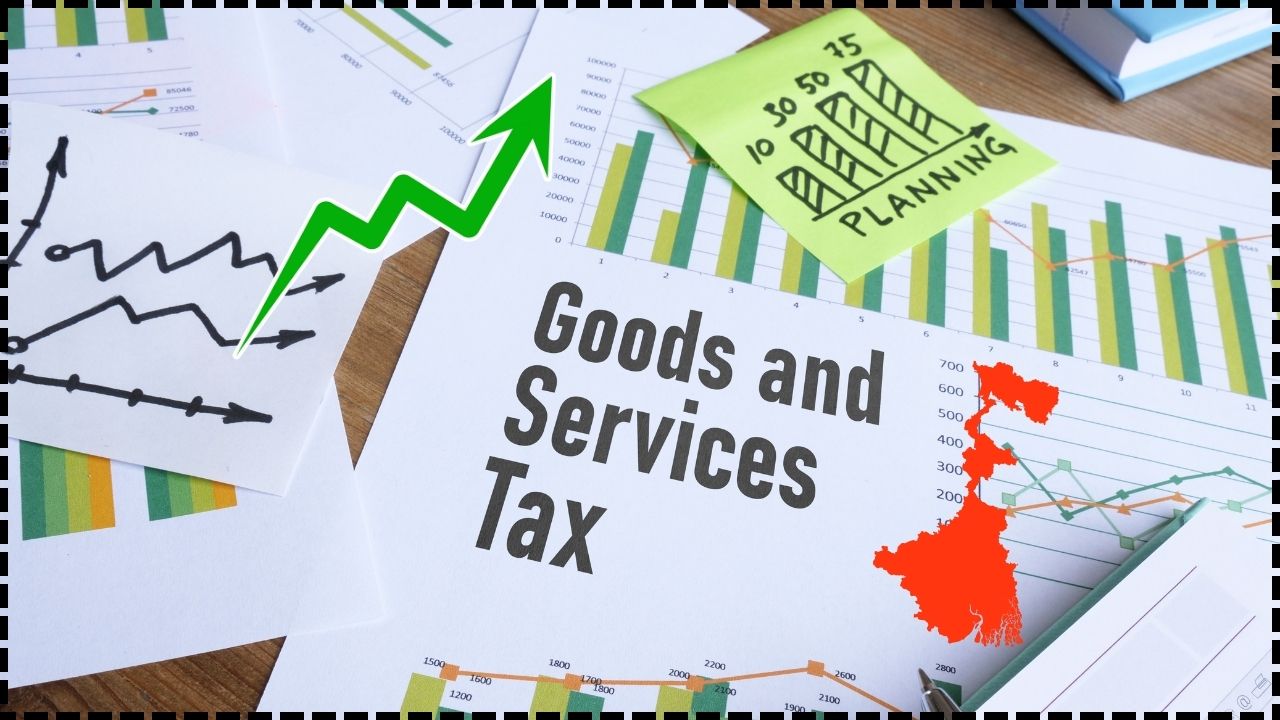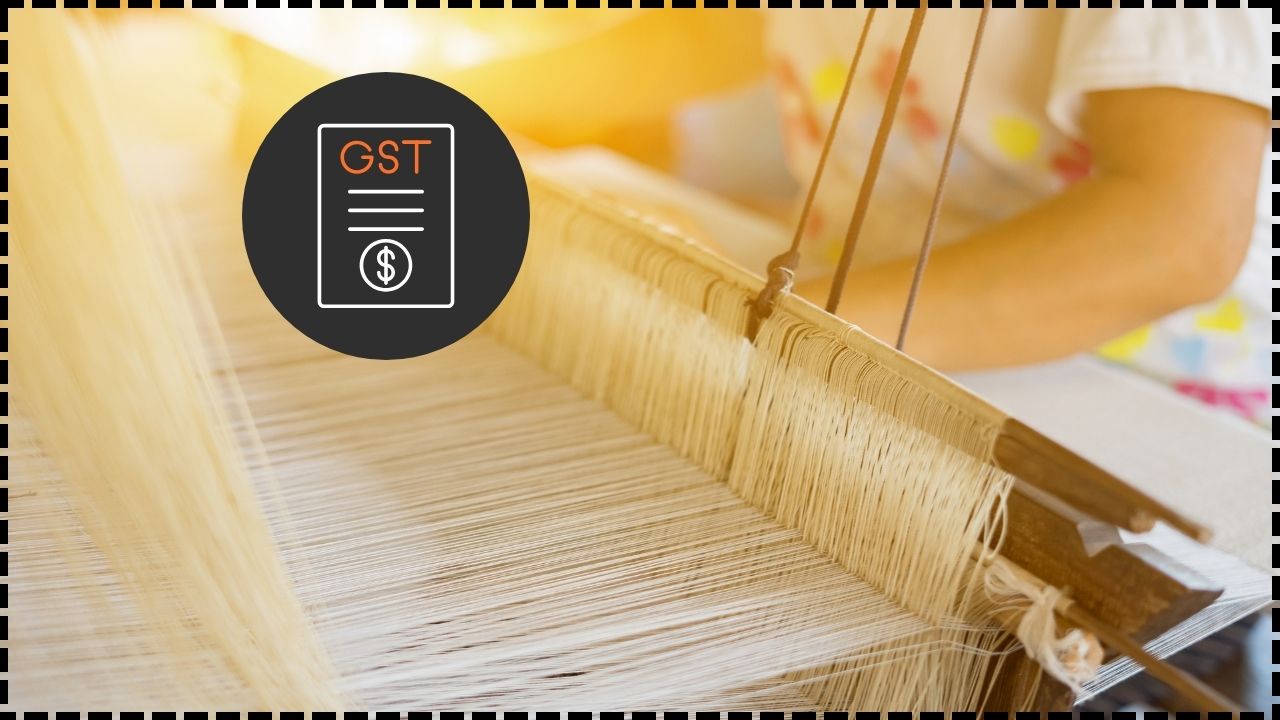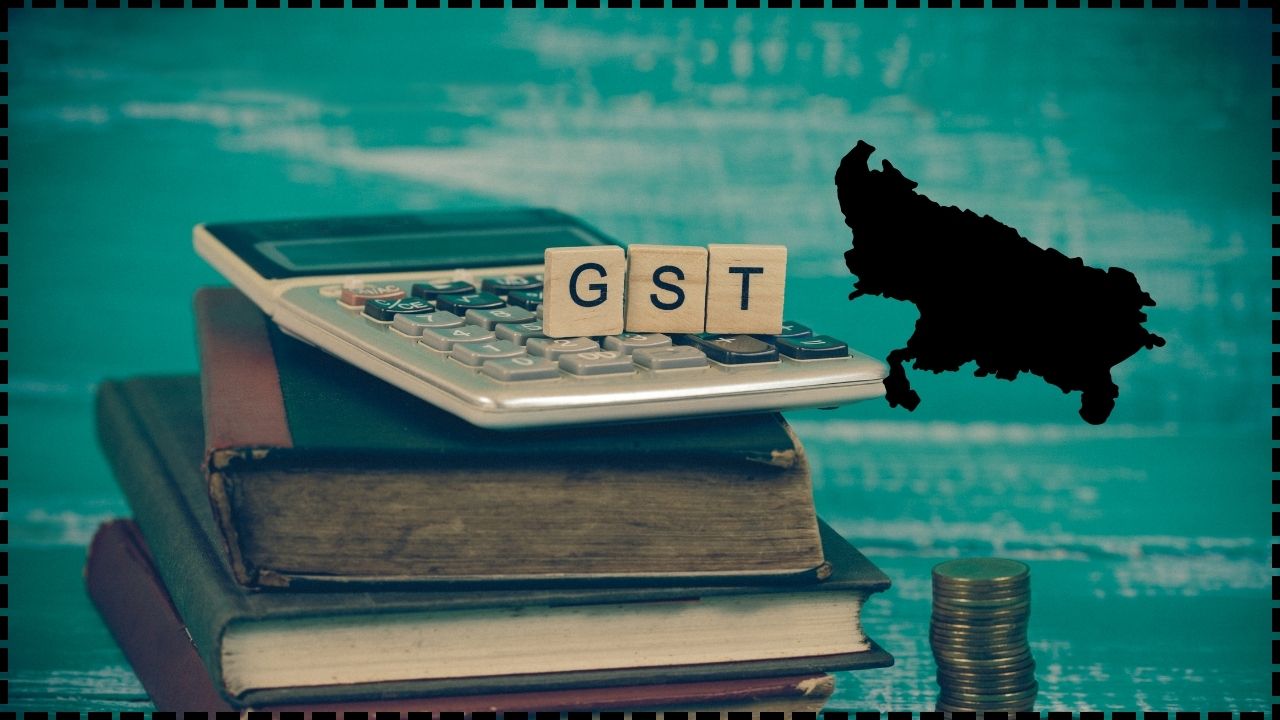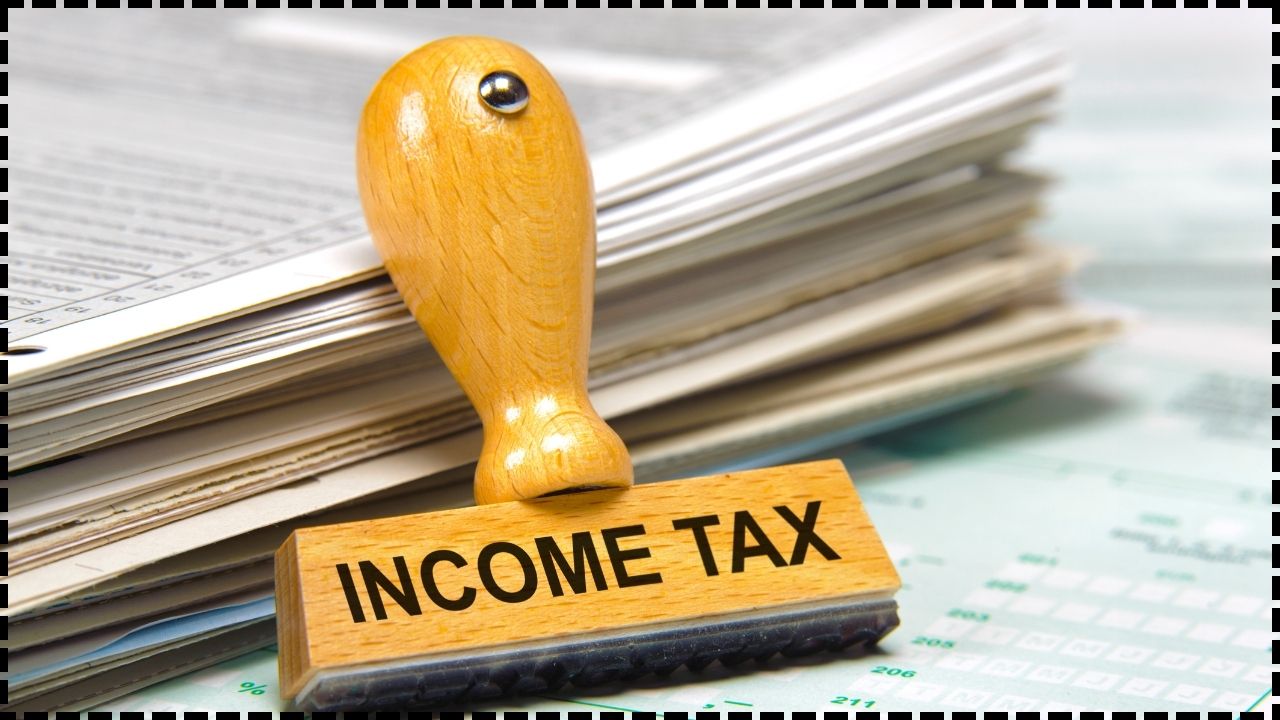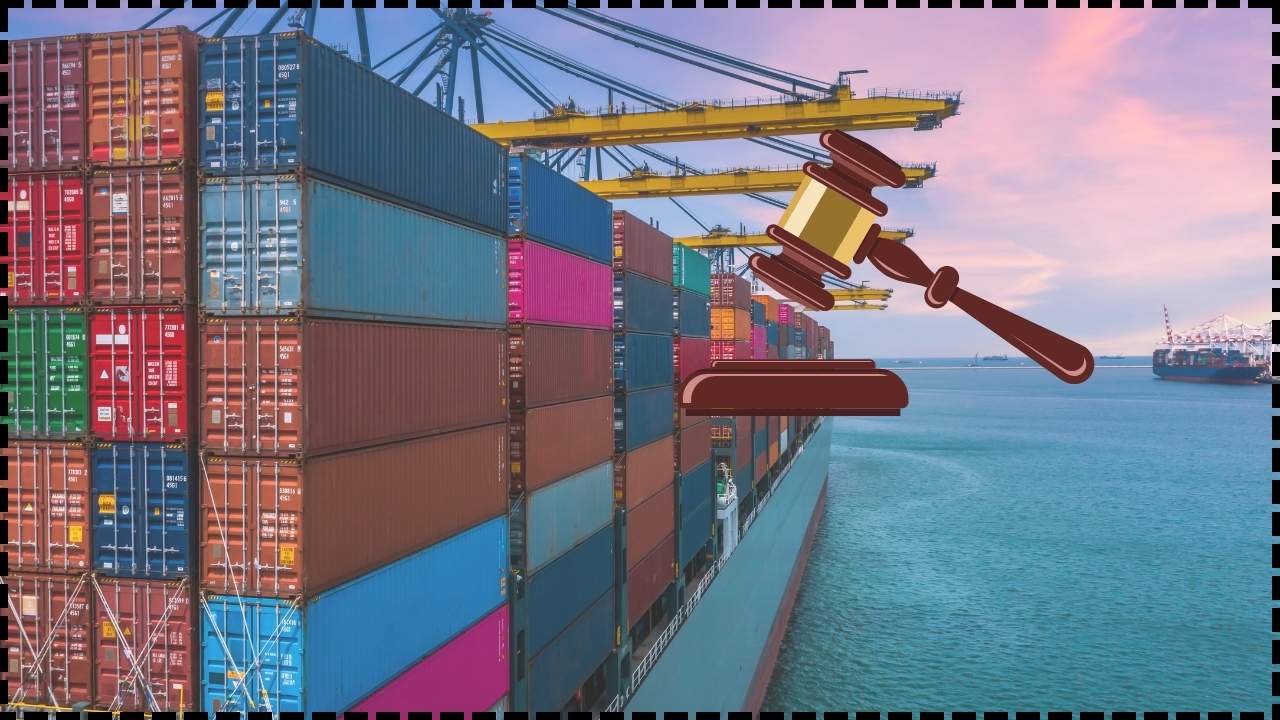
Manufacturer Cannot Claim SSI Exemption on One Brand While Paying Duty on Another: When it comes to excise duty and the Small Scale Industry (SSI) exemption in India, manufacturers often find themselves walking a fine line between maximizing their benefits and staying within the law. The SSI exemption provides significant relief to smaller manufacturing units by exempting them from paying excise duty on their products. However, the recent ruling by the Customs, Excise & Service Tax Appellate Tribunal (CESTAT) has raised important points about how the exemption can be applied, especially when dealing with multiple brands. The decision from CESTAT makes it clear: a manufacturer cannot claim the SSI exemption on one brand while paying duty on another brand produced in the same facility. This ruling is critical for small and medium businesses looking to navigate the complexities of excise duty and exemption policies. Let’s dive deep into the details of this ruling, its implications, and what it means for manufacturers in the long run.
Manufacturer Cannot Claim SSI Exemption on One Brand While Paying Duty on Another
The CESTAT ruling serves as an important reminder for manufacturers about the necessity of uniform application of the SSI exemption. It’s crucial for small businesses to stay on the right side of the law by ensuring that they don’t engage in selective claims for different brands under the same roof. By understanding the legal framework, filing proper returns, and staying compliant, manufacturers can continue to benefit from the SSI exemption without running into legal or financial issues. In short, keeping things above board with your SSI exemption is the best way to avoid headaches down the road. Stay informed, stay compliant, and keep your business on the path to success.
| Key Point | Details |
|---|---|
| What is SSI Exemption? | SSI exemption is a scheme that helps smaller manufacturers by exempting them from excise duty on certain products. |
| CESTAT Ruling Impact | Manufacturers cannot selectively apply SSI exemption to one brand while paying excise duty on another brand. |
| Why It Matters | Ensures fairness and consistency in applying tax exemptions. |
| Key Examples | Switz Foods Pvt. Ltd. case: paying duty on ‘Fresh Bake’ brand, claiming exemption on ‘Bake Shop.’ |
| Legal Reference | Notification No. 8/2003-CE for SSI exemptions. |
| Conclusion | Uniform application of SSI exemption across products is now mandatory. |
What is SSI Exemption?
Before diving into the specifics of the CESTAT ruling, let’s understand what SSI exemption is and how it works in India. In simple terms, the Small Scale Industry (SSI) exemption is a provision that allows small manufacturers to enjoy a break on excise duty for certain products. This exemption is designed to help smaller businesses grow by reducing their financial burden.
The SSI exemption is available to manufacturers whose turnover falls below a certain threshold (in most cases, ₹1.5 crore). This means that if your business doesn’t surpass this limit, you may not have to pay excise duty on the products you produce. This is a huge relief for small manufacturers, as excise duties can significantly increase the cost of production.

Why is the CESTAT Ruling Important?
Now, imagine you’re a small manufacturer, and you produce goods under two brands, say Brand A and Brand B. If your turnover is under the limit, you could claim the SSI exemption for products under Brand A, but you still pay the full excise duty on products under Brand B, right? Well, according to the recent ruling by CESTAT, this isn’t how things should work.
The Tribunal clarified that you cannot selectively claim the SSI exemption for one brand while paying duty on another, as both are produced in the same manufacturing unit. This ruling stems from concerns about fairness and consistency, ensuring that the tax exemption is applied uniformly across all products produced in a single manufacturing unit. If your unit is eligible for the exemption, it should apply to all your products, not just specific brands.
The CESTAT Case: Switz Foods Pvt. Ltd.
To better understand the impact of this ruling, let’s take a look at a real-life example. Switz Foods Pvt. Ltd., a company that manufactures cakes and cookies, had two different brands: ‘Fresh Bake’ and ‘Bake Shop’.
Here’s the catch: the company paid excise duty on products under the ‘Fresh Bake’ brand, but it claimed the SSI exemption on products under the ‘Bake Shop’ brand. While it seemed like a good way to maximize benefits, the Department wasn’t on board with this selective approach.
They issued a show cause notice, questioning the company’s actions. The central issue here was that the SSI exemption could not be applied to one brand while excise duty was paid on another, as both were produced in the same manufacturing unit. The Tribunal eventually upheld this view and ruled that manufacturers must apply the exemption uniformly to all products within the same financial year.

What Manufacturer Cannot Claim SSI Exemption on One Brand While Paying Duty on Another Means?
The implications of the CESTAT ruling are significant. Manufacturers now need to be more diligent when it comes to applying the SSI exemption. Here’s what you need to know:
1. Uniform Application of Exemption
Manufacturers cannot pick and choose which products or brands will benefit from the SSI exemption. If your manufacturing unit qualifies for the exemption, it should apply to all the products produced in that unit within the same financial year. This ensures consistency and fairness, preventing selective benefits.
2. Avoiding Tax Evasion Risks
Trying to circumvent the rules by paying excise duty on one brand while claiming exemption on another can lead to legal complications. The Tribunal’s ruling reinforces that businesses should avoid taking shortcuts, as the authorities are likely to catch discrepancies. Being transparent about your turnover and products is key to maintaining compliance.
3. What Happens If You Violate the Rules?
If manufacturers continue to flout these rules, they might face hefty penalties, back taxes, and other legal consequences. In the Switz Foods case, for example, the Tribunal upheld the penalty imposed on the company, though it also acknowledged that the company did not suppress facts and filed returns regularly.
How to Navigate the SSI Exemption Policy?
To help manufacturers stay compliant with the SSI exemption policy, here’s a quick guide on how to apply it correctly:
Step 1: Determine Your Turnover
- The first thing you need to do is check if your business meets the turnover threshold. If your turnover is below ₹1.5 crore, you’re likely eligible for the SSI exemption. Keep in mind that this threshold may change based on government policies, so always double-check the official notifications.
Step 2: Know the Eligibility Criteria
- The SSI exemption applies to certain goods, so make sure the products you manufacture are eligible for the exemption. This typically includes items produced in small quantities or those that don’t exceed a certain value.
Step 3: File Proper Documentation
- Ensure that you file all your excise returns and other required documentation correctly. This will not only help you avoid issues with tax authorities but also provide transparency about your turnover and production processes.
Step 4: Apply the Exemption Uniformly
- If your business qualifies, apply the SSI exemption across all eligible products within your facility. Don’t try to selectively apply the exemption to one brand and not another, as this could invite penalties.
Step 5: Stay Updated with Legal Changes
- The rules around excise duty and SSI exemptions can change over time, so it’s essential to stay updated with any policy changes or legal rulings, such as the one from CESTAT.

Impact of the Ruling on Other Businesses
The ruling isn’t just significant for businesses like Switz Foods; it has broader implications for the entire manufacturing sector. Small manufacturers, especially those running multiple brands under one roof, need to reassess their tax strategies. If you have multiple brands and rely on the SSI exemption, it’s essential to revisit your current practices and make sure you’re in compliance.
Practical Tip:
For companies running multiple brands, it’s recommended to do a comprehensive audit of the product lines being produced. Seek expert advice from tax professionals to ensure that you’re claiming exemptions correctly without violating any tax laws.
What This Means for Larger Manufacturers:
For larger manufacturers who may not rely on the SSI exemption due to their turnover exceeding the threshold, the ruling may not seem directly applicable. However, it’s still a reminder of the importance of uniform compliance across all aspects of manufacturing and excise duties. Even for those not claiming SSI exemptions, it’s vital to understand that selective tax applications can lead to discrepancies and legal challenges down the line.
India’s Manufacturing Boom Pushes July GST Inflows Up by 7.5 Percent
Maruti Suzuki Subsidiary Slammed With ₹86 Crore GST Penalty in Appellate Ruling
GST Revenue Hits ₹1.96 Lakh Crore in July — But Growth Momentum Slows
